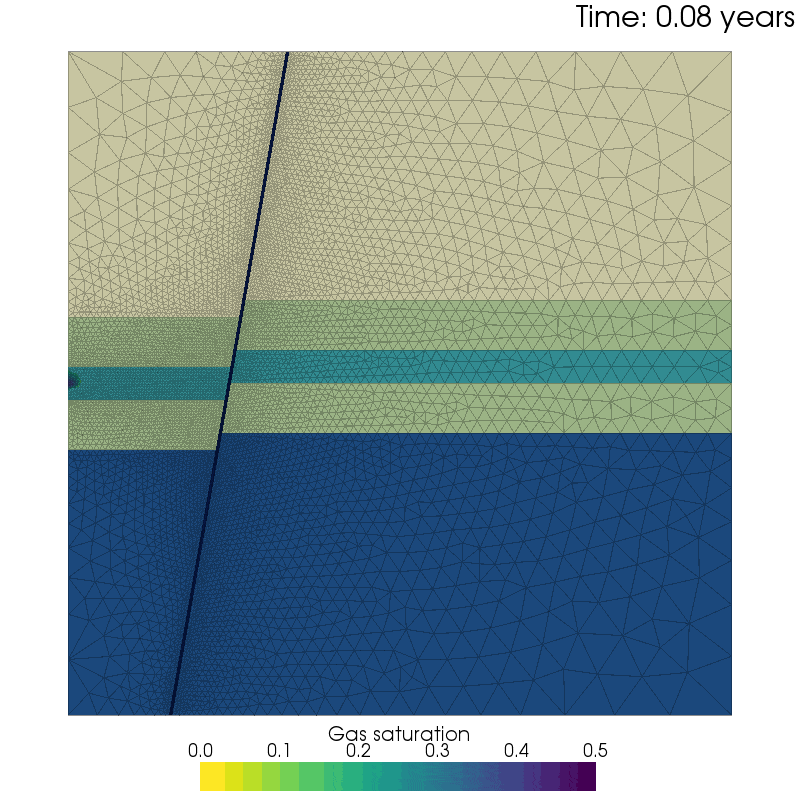

2019) with the use of the MPI (Message Passing Interface) library technology (Knyazeva et al. The paper considers and analyzes a parallel version of the ODETTA code (Belousov et al. Mathematical simulation of fast neutron reactors requires high-precision calculations of protection problems based on unstructured meshes. Results of code validation against safety experiments ASPIS and EURACOS from SINBAD database and cross-verification on a test model of the reactor BN-1200 are presented. Space rebalance method and δ-process are used to speed up the inner and outer iterations respectively. ODETTA code uses discontinuous linear finite element method on unstructured tetrahedral meshes, based on the selected CAD model with Salome and Gmsh programs. The calculations have been performed for models of BN-800 and BN-1200 reactors, and for BFS critical assemblies. Weighted Diamond Difference and nodal schemes are used to approximate the spatial dependence. The CORNER code allows calculations in three-dimensional hexagonal and combined geometry (to account for the heterogeneous features of the computational model).

OpenMP technology is applied for parallel computing. The principal application is solving transport problems with deep penetration. Both eigenvalue (k eff) and fixed source problems can be solved, including joint calculations of neutrons and gamma rays. Modern CONSYST software is used for the preparation of the macroscopic cross sections. CORNER and ODETTA codes for neutrons and photons transport based on discrete ordinates using finite differences and finite elements methods have been developed as a part of the new generation codes for the construction and validation of the perspective FBR safety.


 0 kommentar(er)
0 kommentar(er)
